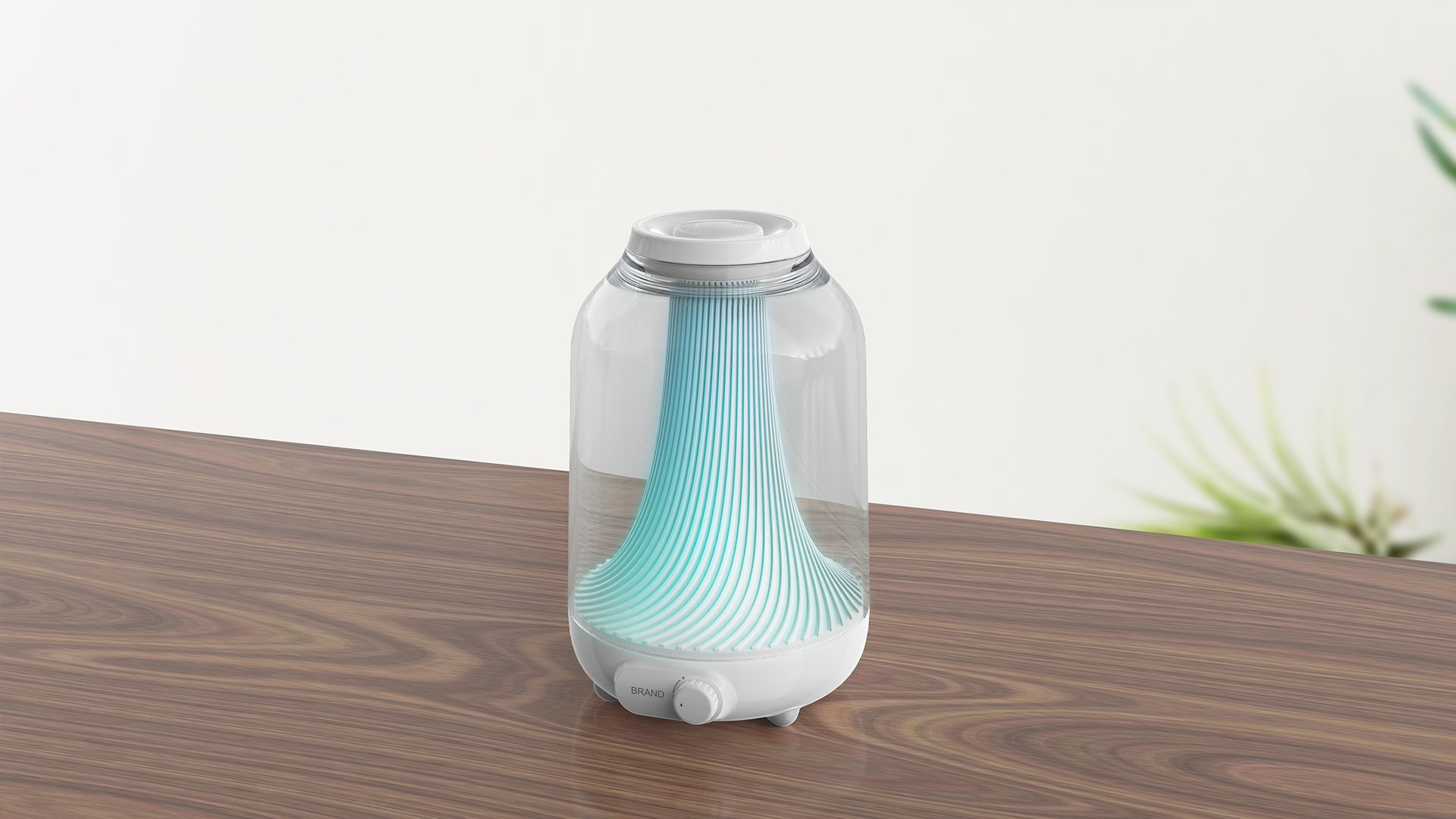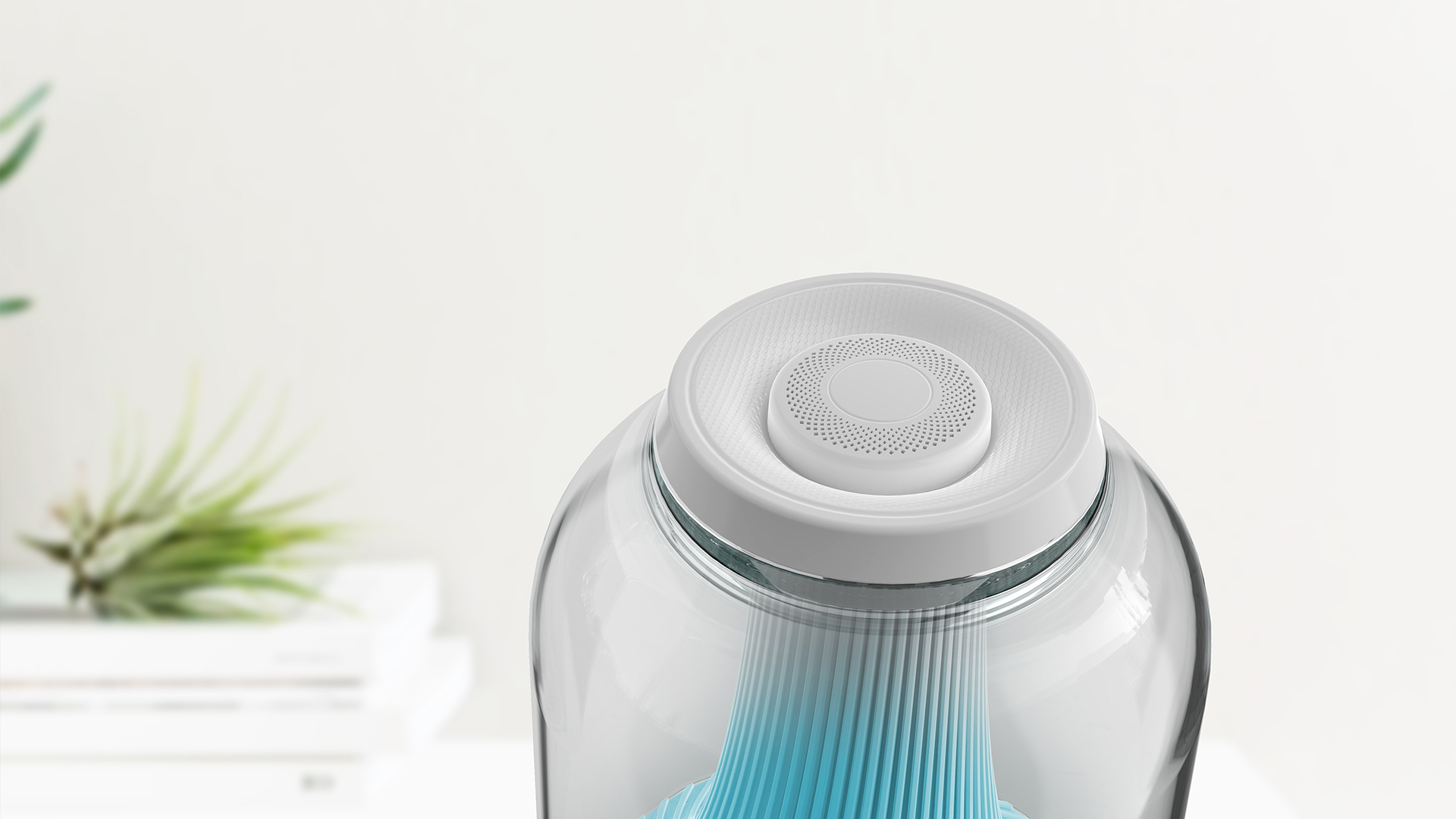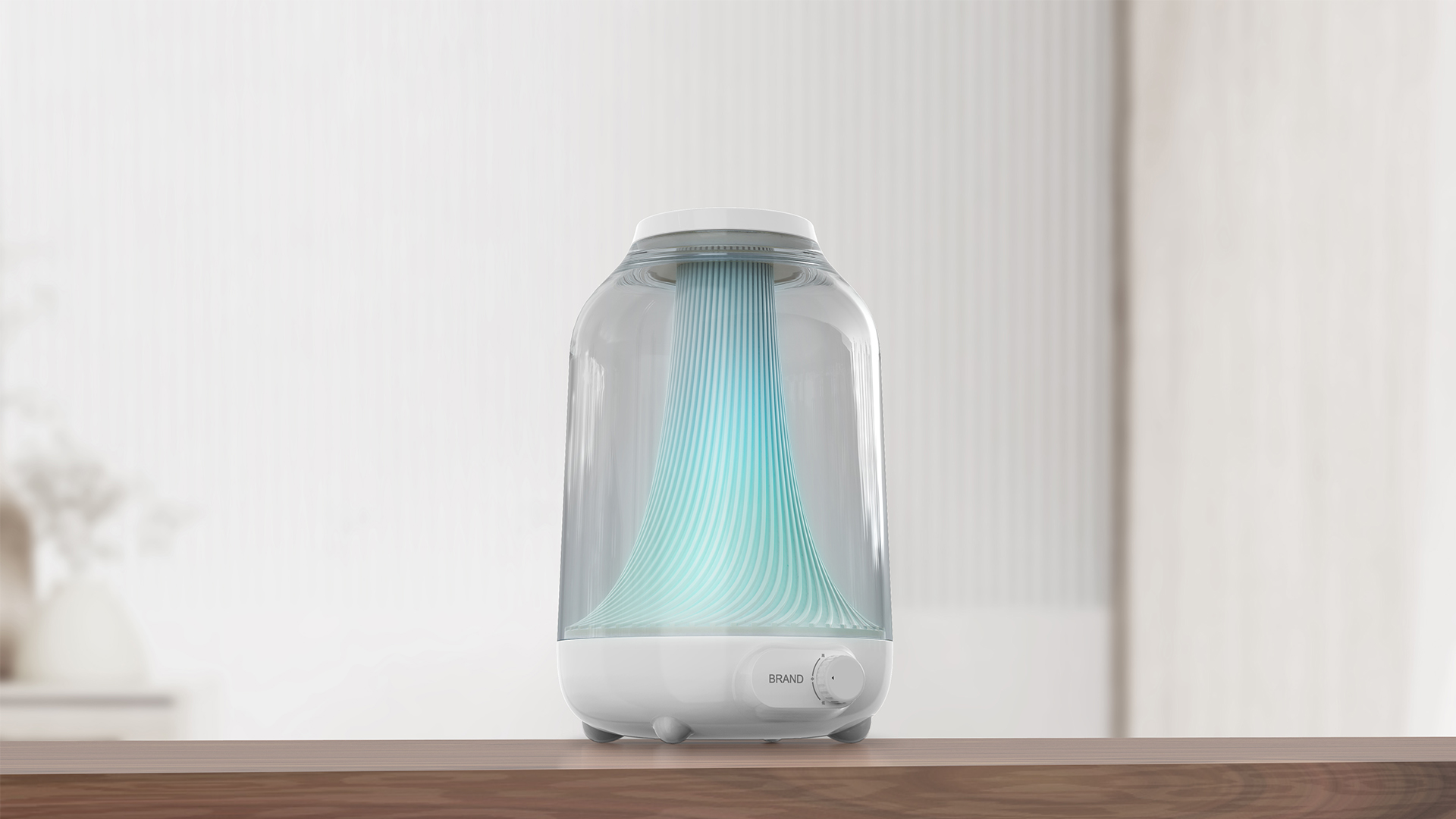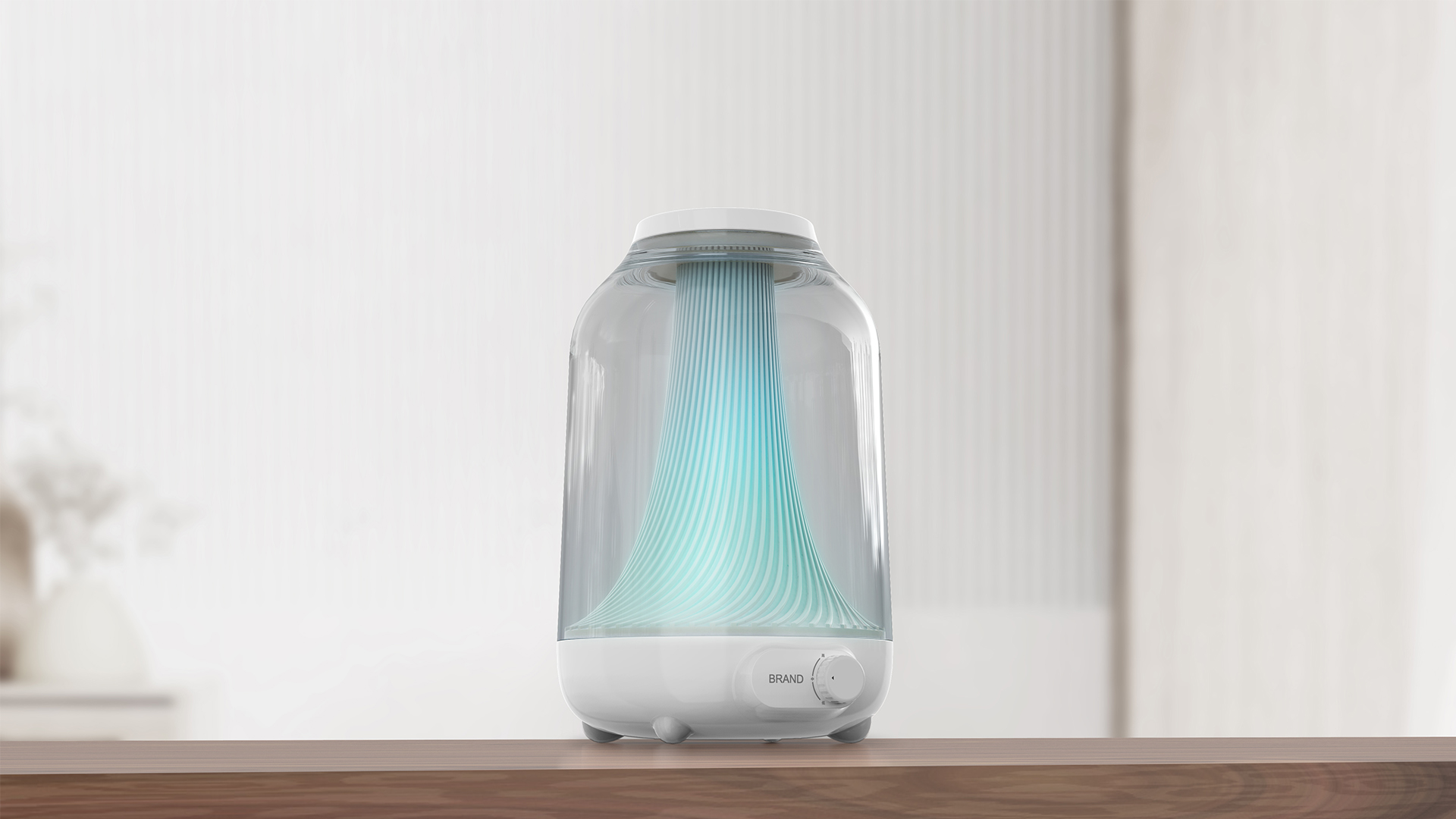
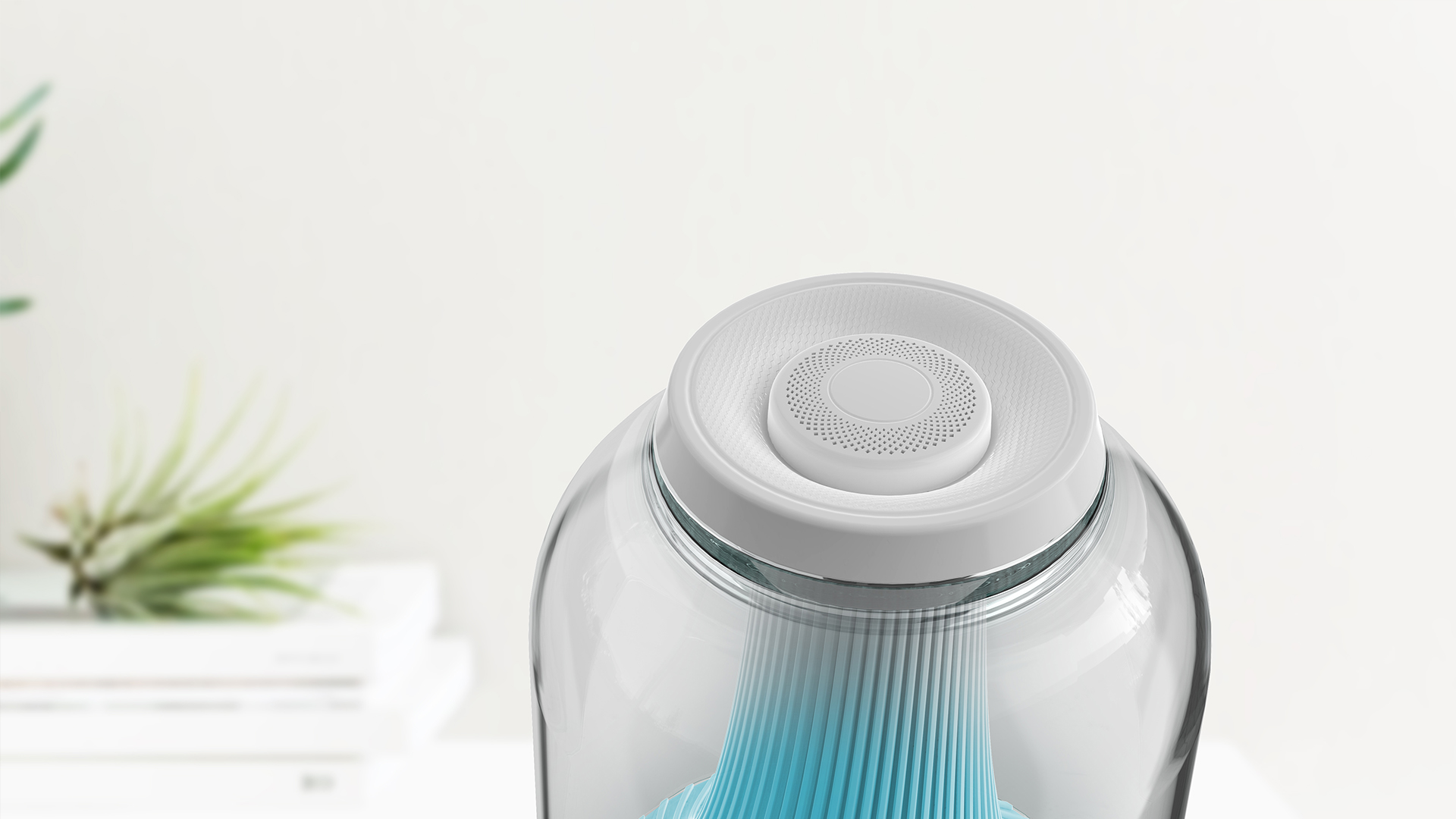
1. Ultrasonic atomization technology
- Desktop humidifiers usually use ultrasonic atomization technology. This technology breaks up water molecules into tiny water mist particles through the high-frequency vibration of the ultrasonic transducer.
- When the circuit inside the humidifier drives the ultrasonic transducer to work, the transducer will generate high-frequency vibration on the water surface, causing the water molecules to be quickly atomized and sprayed out from the mist outlet.
2. Water level control
- There is a water level sensor inside the humidifier. When the water level is too low, it will automatically stop working to prevent the transducer from being damaged by dry burning.
The overall shape concept of the humidifier mainly includes the following aspects:
1. Transparent water tank
The transparent water tank not only allows users to clearly see the water level, but also increases the sense of technology and aesthetics of the product.
2. Unique mist outlet design
The design of the mist outlet usually adopts some unique shapes, such as the gradient cone design in the picture, which makes the water mist present a beautiful shape when spraying, increasing the visual enjoyment.
3. Simple base and button
The base is usually designed to be simple, and the position of the button or knob is also conspicuous, which is convenient for users to operate.

Solution
1. Good moisturizing effect
Ultrasonic atomization technology can produce very fine water mist particles, which can quickly diffuse in the air and effectively increase the indoor air humidity.
2. Low noise
Due to the use of ultrasonic technology, the noise generated by the humidifier when working is very low and will not interfere with the user's work or rest.
3. Energy saving
Ultrasonic humidifiers usually have low power, are relatively energy-saving, and will not consume too much electricity even if used for a long time.
4. Safe and reliable
The internal water level control and anti-dry burning design ensure the safety of the humidifier during use and reduce the risk of damage caused by improper operation.
-
 AR Smart Glasses SolutionIntelligent | Accurately perceive objects | Line flow | High practicality | Convenient and fastMulti-language translation, 95% polarized light, node-free vision correction for outdoor travel, massive movies/3D games, 120Hz refresh rate
AR Smart Glasses SolutionIntelligent | Accurately perceive objects | Line flow | High practicality | Convenient and fastMulti-language translation, 95% polarized light, node-free vision correction for outdoor travel, massive movies/3D games, 120Hz refresh rate -
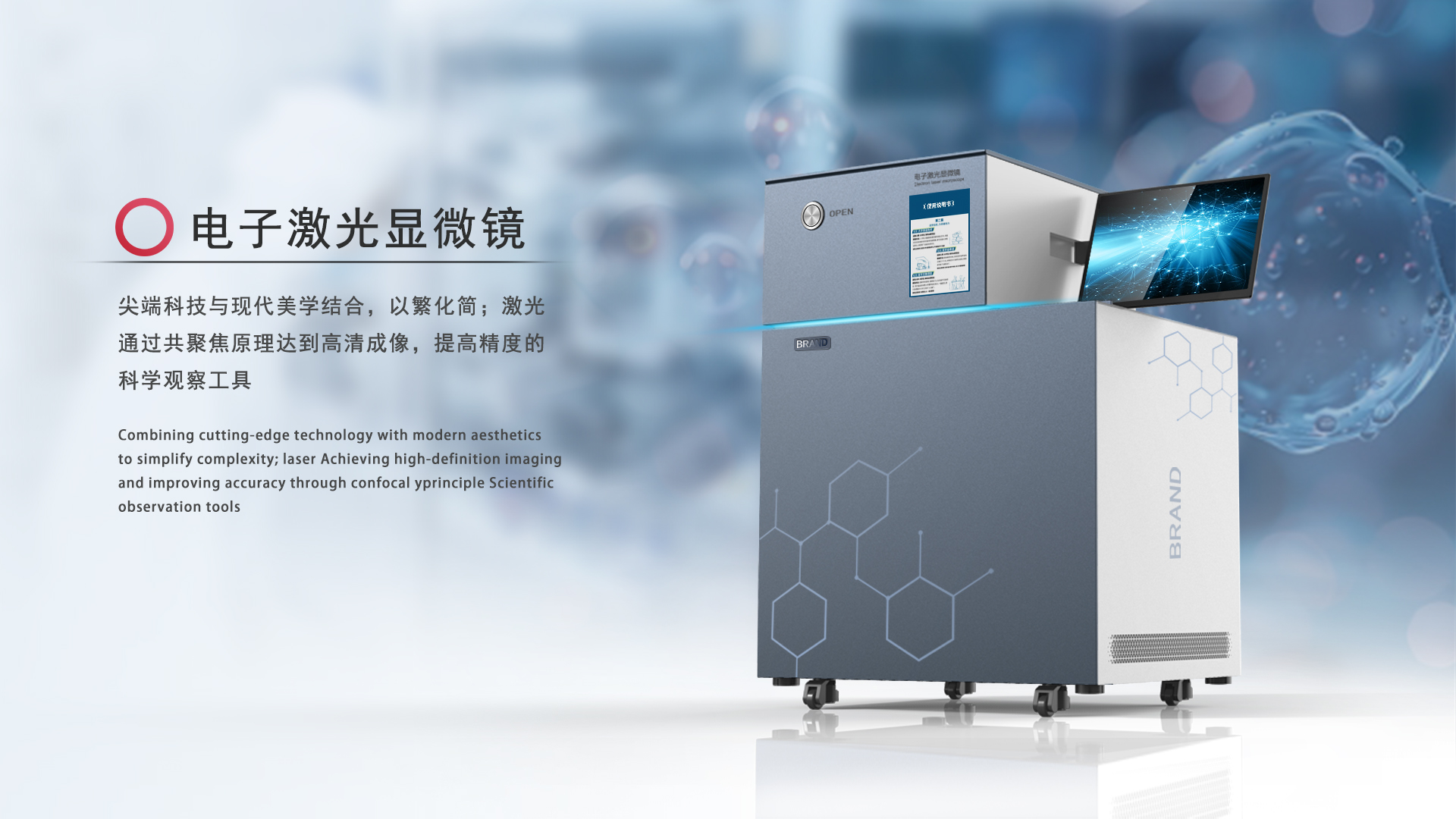 Electron laser microscopyIntelligent | Accurately perceive objects | Line flow | High practicality | Convenient and fastLaser achieves high-definition imaging through the confocal principle, making it a scientific observation tool with improved accuracy.
Electron laser microscopyIntelligent | Accurately perceive objects | Line flow | High practicality | Convenient and fastLaser achieves high-definition imaging through the confocal principle, making it a scientific observation tool with improved accuracy.



